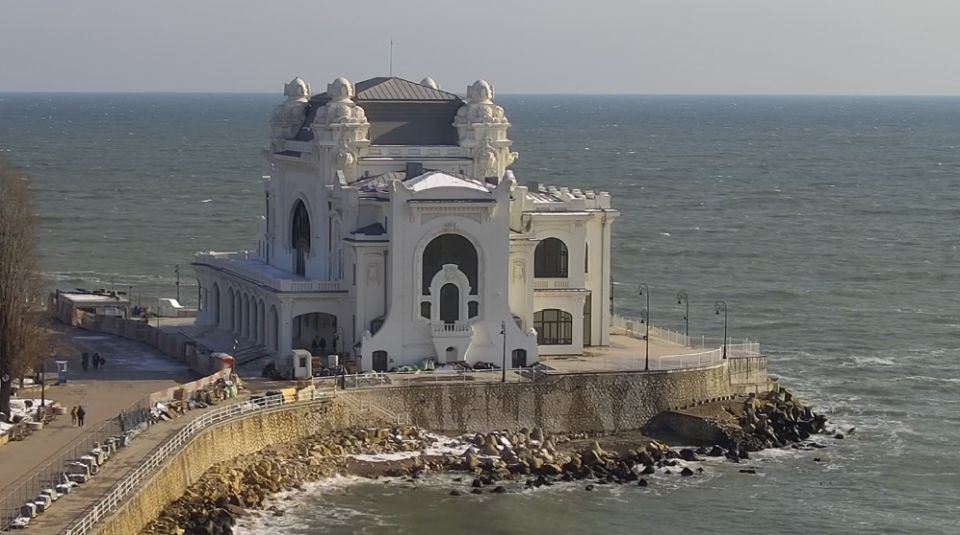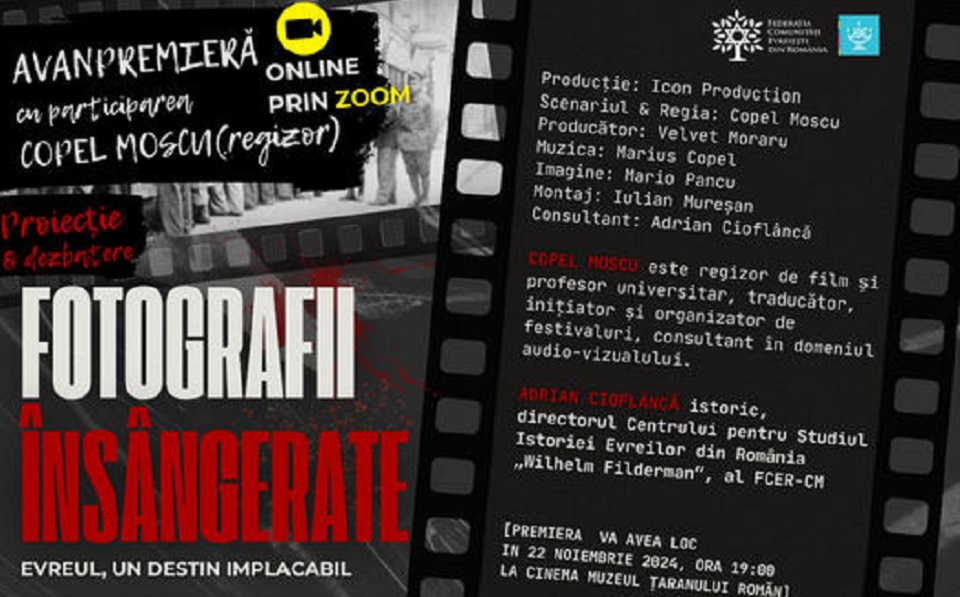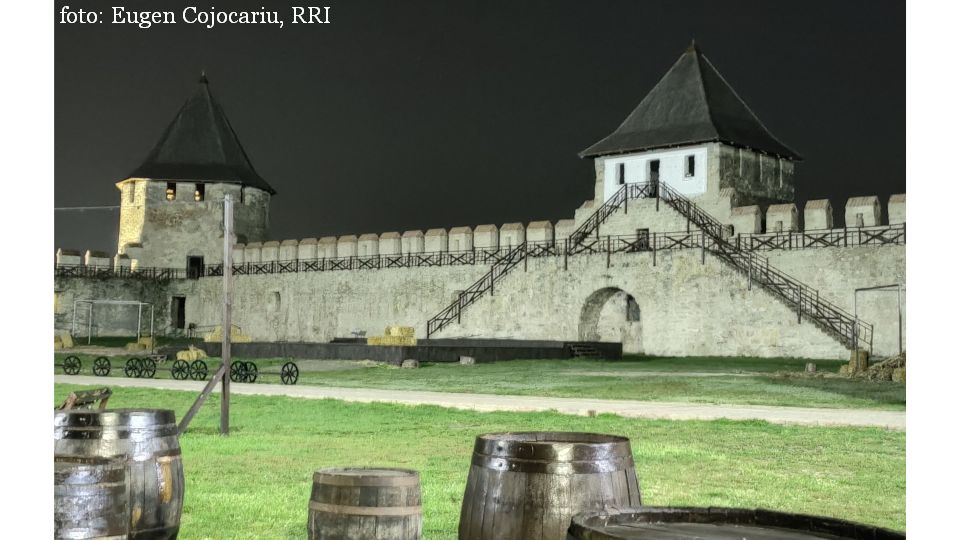The Lapedatu Brothers
Iconic figures in the late 19th century and the early 20th century

Steliu Lambru, 01.12.2018, 15:24
The border has always represented a barrier, a limitation, a buffer zone, an obstacle preventing one from moving forward. For that reason, people have always been tempted to cross it, irrespective if this was a physical border or an imaginary one. Romania’s present-day territory has always had both physical borders as well as mental borders, which many have always strived to cross. Such is the case of twin brothers Ion and Alexandru Lapedatu, both iconic figures in the late 19th century and the early 20th century.
Andreas Wild wrote the biography of the Lapedatu brothers. He started telling the story of the twin brothers who crossed borders and were part of history’s greatest moments: “The first border they crossed was the southern border. They were born in southern Transylvania, between the Austro-Hungarian Empire and the Kingdom of Romania, which did not exist as such at the time of their birth and was known as the Romanian Principalities. They both had a problem with that border. Alexandru crossed the western border, and after a while each of them crosses this border. In the end, these borders started to change”.
Ion and Alexandru were born near Brasov, in 1876. Their father, a Latin language specialist and teacher of classical languages, holding a PhD in classical philology at the Brussels University, passed away when the boys were only 1 and a half year old. Their mother, who became a widow at only 18 years of age, married a teacher from Iasi, and took both of her children to that city, the former capital of Moldavia in 1885. 5 years later she divorced the teacher and sent her children, now 13 years old, to Sacele, near Brasov. The two brothers had problems at the border, because they didn’t have passports when they wanted to cross the border into Transylvania, a part of the Austro-Hungarian Empire back then. Alexandru couldn’t bear to stay away from his mother and returned to Iasi, trying to illegally cross the border into Romania, with the support of some shepherds who were into people smuggling. They were spotted by the border officers and got arrested, and the child was sent back to his grandmother, near Brasov.
Living in two separate regions, on the two sides of the Carpathian Mountains, the two brothers followed different paths and had different careers. Ion studied economy and law in Budapest, whereas Alexandru became a historian. The two crossed the border both ways, Ion came to Bucharest to do internships at several banks, whereas Alexandru went to Transylvania, to take part in various nationalist feasts.
The year 1917 saw Alexandru cross Romania’s eastern border. In July 1917, as secretary of the historical monuments committee, he accompanied Romania’s treasure that was sent to Russia by train, for safekeeping. He went to Moscow to accompany the second transport of documents and archives. He remained in Moscow until December 1917 and wrote a diary in which he mentioned the breakout of the Bolshevik revolution. But in January 1918, after Alexandru Lapedatu left Moscow, Trotsky announced the confiscation of Romania’s treasure. Alexandru Lapedatu, who had left to Kiev to join the fight led by the leader of the Czech national movement Tomas Masaryk and by the association of nationalities from the Austro-Hungarian Empire, militated for the union of Transylvania with Romania. He is the one who drafted the documents which Romania presented at the postwar peace conference.
After 1918, both brothers were elected in Romania’s parliament. Alexandru was a teacher at the Cluj University and Ion became a teacher at the Academy of Commercial and Industry Studies. The two brothers’ attention shifted to the western border. Alexandru was a member of the Romanian delegation that would witness in Paris the signing of the armistice between the Allies and Germany. He went to Paris on 3 occasions to participate in the peace negotiations. Ion, who was a bank director, became the finance minister in Averescu’s government and was sent to Berlin to pay off Romania’s debt to Germany, which dated back to the pre-war period. Ion chose to stay outside the political life, he became a technocrat who was appreciated by all parties.
However, WWII began in 1939, followed by the installation of communism and the collapse of the world the Lapedatu brothers had dreamt of and for which they had fought. Andreas Wild: “Under the communist dictatorship, the Lapedatu brothers and their memory had been completely erased from public and social life, and they themselves lost their lives. Alexandru died in prison at Sighet. Ion had been ill and died 6 months later. They say twins have a special connection, and indeed, they died within months of each other, although in different conditions. This is a fate shared by many in their generation. Their efforts to build a state were short-lived, lasting only 20 years. It was a remarkable work that has turned 100. The story of the Lapedatu brothers excellently illustrates the ability of people to overcome any type of frontier. If we speak of geographical frontiers, they crossed the borders between brethren. And then the frontiers with the neighbors and the foreigners. They crossed the social borders, two children from poor background rising up to the highest offices. They also crossed the temporal borders, as their memory is alive again after being forgotten for 50 years.”
Ion and Alexandru Lapedatu’s story is fascinating like many others, yet unique in its own way.






























